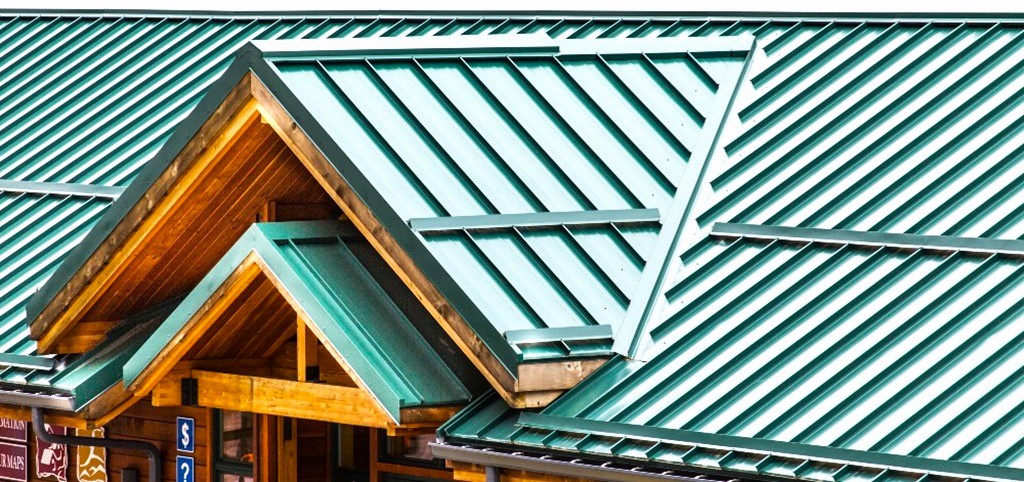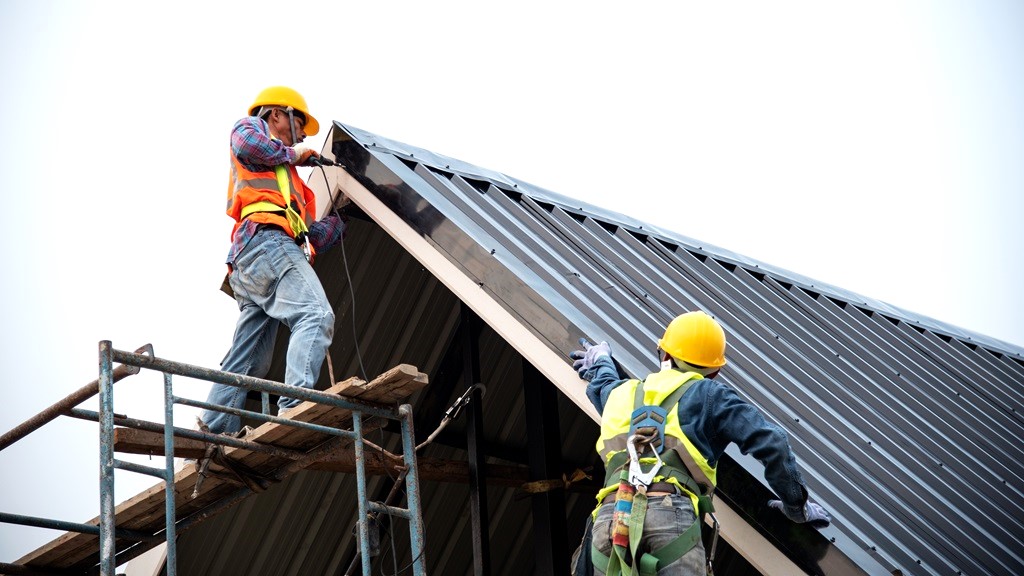Metal roofs are increasingly popular for their longevity, energy efficiency, and style. While professional installation is often recommended, a determined homeowner with some DIY experience can tackle this project. This guide provides an overview, addresses common hurdles, and aims to empower you to make informed decisions about your metal roof.
Understanding Your Options: Material and Design Choices
- Materials: Steel (including galvalume), aluminum, copper, and zinc are common. Consider your climate – aluminum resists salt-air corrosion, while steel offers strength and affordability.
- Styles: Standing seam panels are popular, with concealed fasteners for a sleek look. Corrugated panels are a more traditional, budget-friendly option. You can even find metal roofs mimicking shingles or tile.
Prerequisites: Does Your Roof Qualify?
- Roof Pitch: Most metal roofing requires a minimum slope of 3:12 (3 inches of rise for every 12 inches of horizontal distance). Steeper pitches are better for shedding water and snow.
- Structural Support: Metal roofs are lighter than some traditional materials, but your existing framing still needs to support the weight, plus snow loads for your region. Consult a structural engineer if you are unsure.
- Removing Old Roofing: Metal roofs can often be installed over one layer of existing shingles, saving labor. Check local codes and manufacturer recommendations.
Essential Equipment and Safety Considerations
- Roofing Tools: Metal snips, circular saw with the appropriate blade, ladder, caulk gun, screw gun, and necessary fasteners.
- Fall Protection: Harnesses, lifelines, and roof anchors are crucial. Don’t install a metal roof alone, always have someone on the ground for support.
- Protective Gear: Gloves, eye protection, and long sleeves are essential when working with sharp metal edges.
The Installation Process: A Step-by-Step Breakdown
Preparation:
-
- Measurements: Accurately measure your roof to determine material needs. Factor in waste and any special features like valleys and roof penetrations.
- Materials: Order your roofing, underlayment, closure strips, flashing, fasteners, and any necessary trim or accessories.
- Weather: Choose dry, calm days for installation.
Underlayment and Flashing:
-
- Moisture Barrier: Install a suitable underlayment, often synthetic or ice-and-water shield, according to manufacturer instructions.
- Drip Edge: Metal drip edge goes on the eaves and rakes to direct water away from fascia boards.
- Valleys and Penetrations: Install flashing in these vulnerable areas before your primary roof panels.
Installing the Panels:
-
- Starting Point: Consult your roofing instructions, typically starting at a corner or with a specially designed starter panel.
- Alignment: Keep panels perfectly square with your roof edge using a chalk line for reference.
- Fasteners: Use recommended fasteners with neoprene washers. Overtightening can damage the roof, and under-tightening leads to leaks.
Trims and Seams:
-
- Gable Trim: Covers the panel edges at the sides of the roof.
- Ridge Cap: Seals the peak where panels meet. Choose vented or non-vented designs based on your roof structure.
- Seams: Where panels overlap, ensure a tight seal with either special fasteners or manufacturer-recommended sealant.
Related: 5 Tips For Finding The Best Commercial Roofing Contractor
Beyond Basic Installation: Tips and Troubleshooting
- Handling Large Panels: Work with a partner, especially in windy conditions.
- Cutting Metal: Use a circular saw with a metal-cutting blade. Wear eye protection, as cut edges and shavings are sharp.
- Flashing Complex Areas: Chimneys, vent pipes, and skylights require meticulous flashing. Be prepared to cut and shape metal for a perfect fit.
- Problem Solving Leaks: It’s best to prevent leaks during installation with proper fastening and sealing. Tracing a leak after the fact can be frustrating – pay attention to detail.
Is a DIY Metal Roof Right for You?
Metal roof installation is a demanding project. Consider these factors:
- Skill Level: You need roofing experience, carpentry skills, and comfort working at heights.
- Time: A DIY installation will take longer than professional work.
- Cost Savings: You will save on labor, but material costs remain significant.
- Warranty: Manufacturer warranties often require professional installation.
Metal roofs offer a long-lasting, attractive upgrade for your home. A successful DIY installation means careful planning, safety as your top priority, and a healthy dose of determination!








